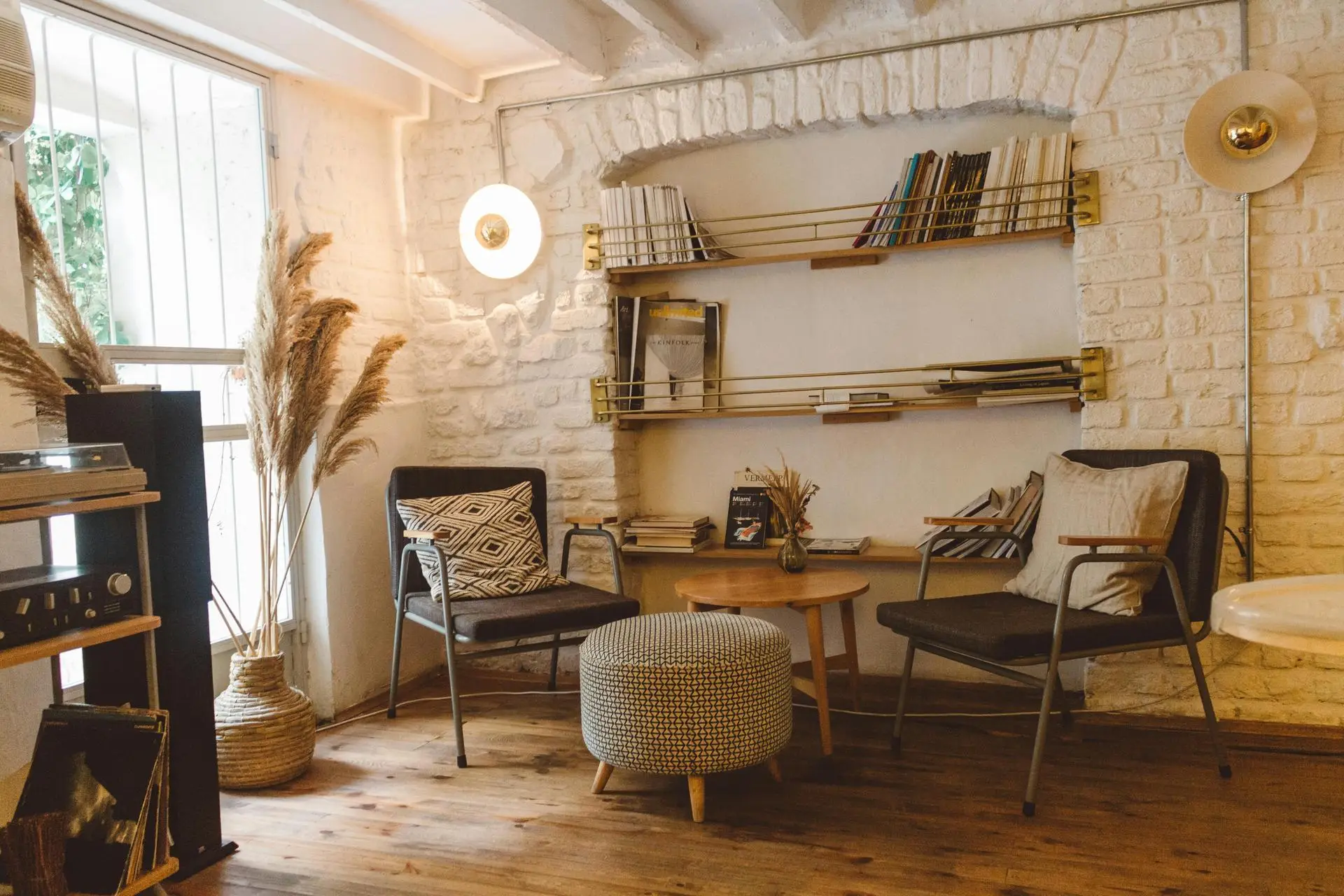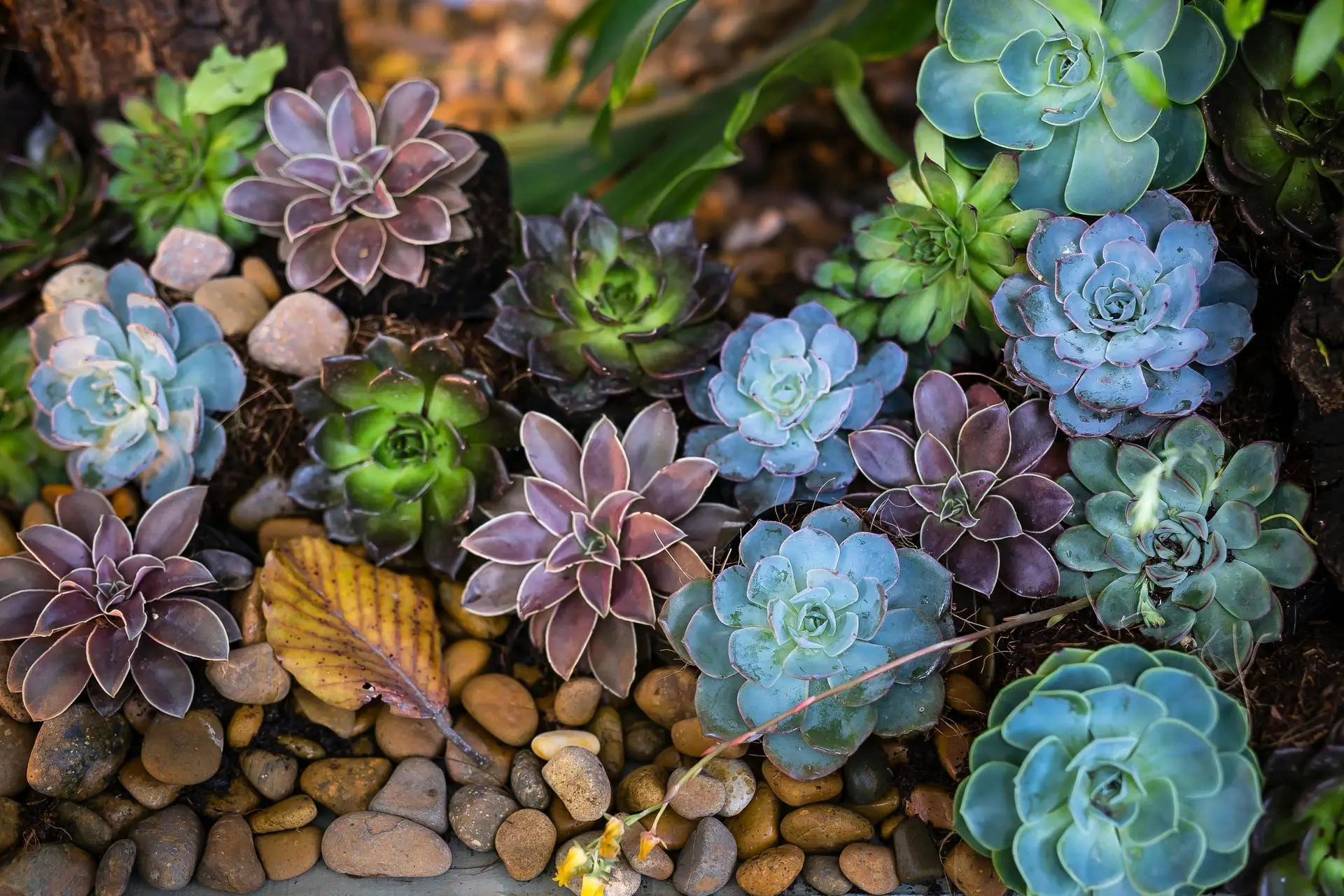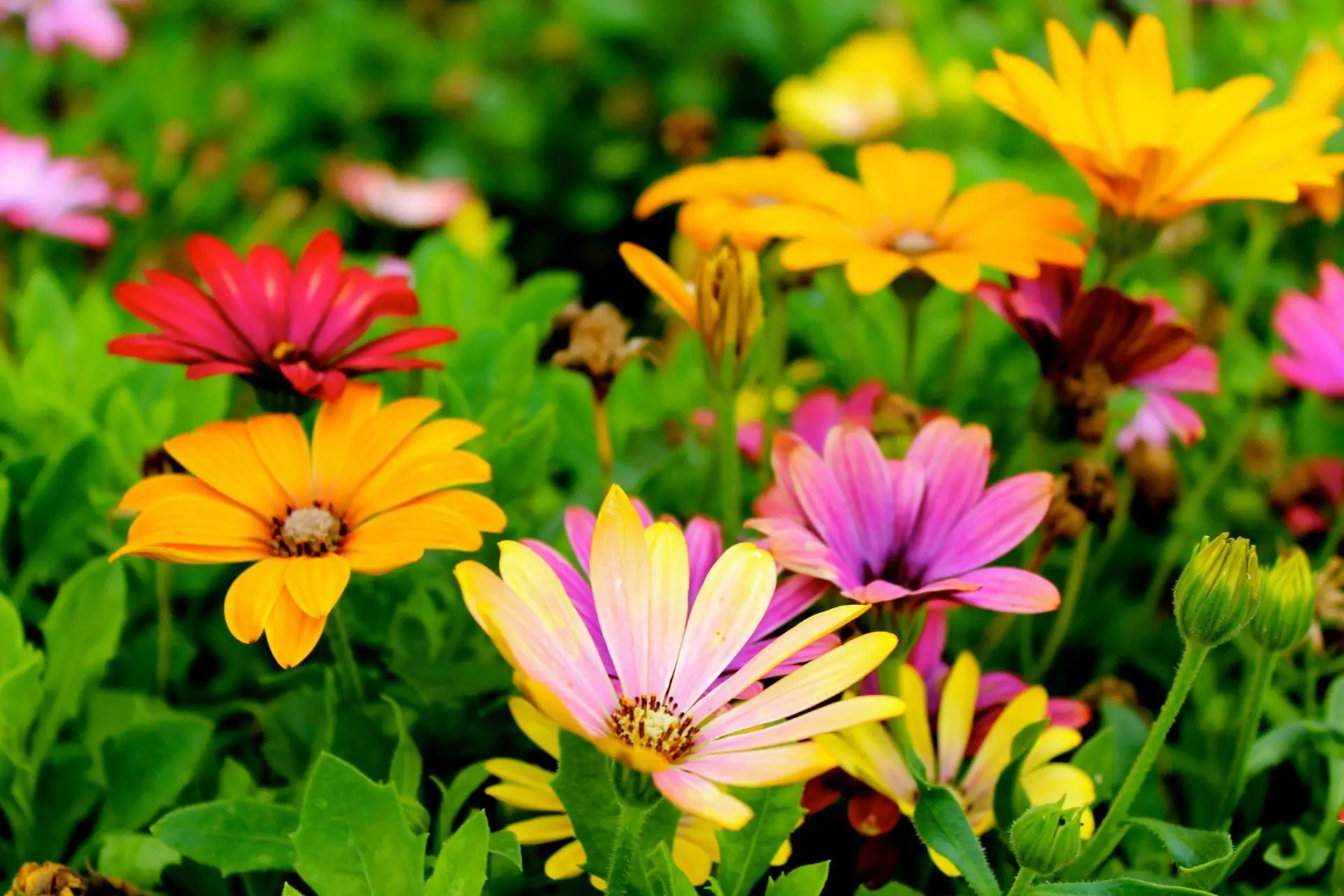The Psychology Behind Paint Colors and How They Shape Our Daily Moods
The Hidden Influence of Color Psychology in Our Homes
Colors are more than just visual elements that make our spaces aesthetically pleasing. Scientific research has consistently shown that the colors surrounding us can significantly impact our emotional state, cognitive performance, and overall well-being. In our homes, where we spend considerable time, the psychological effects of paint colors become even more pronounced, subtly influencing our daily experiences and behaviors.
Understanding how different paint colors affect our moods isn't just about following interior design trends – it's about creating spaces that support our emotional and psychological needs. The right color choices can transform a room from a simple living space into an environment that actively contributes to our mental wellness and daily functionality.
The Science of Color Perception
When light hits our retinas, it triggers a cascade of neurological and hormonal responses that extend far beyond simple visual recognition. Different wavelengths of light, which we perceive as distinct colors, can stimulate various psychological and physiological reactions in our bodies. This phenomenon explains why certain colors can make us feel energized while others promote relaxation.
Research conducted at the University of British Columbia revealed that blue environments can enhance creativity, while red spaces may improve attention to detail. These findings demonstrate how thoughtful color selection in our homes can be used to support specific activities and desired emotional states.
Warm Colors and Their Emotional Impact
Red: The Color of Energy and Passion
Red paint creates an environment of excitement and stimulation. While red can increase energy levels and stimulate conversation, it should be used strategically as it may also raise blood pressure and heart rate. This makes it more suitable for social spaces like dining rooms rather than bedrooms where relaxation is key.
Yellow: Bringing Sunshine Indoors
Yellow rooms often evoke feelings of optimism and creativity. Studies have shown that exposure to yellow can increase the production of serotonin, thefeel-good" hormone. However, too much bright yellow might lead to overstimulation, making it better suited for accent walls or smaller spaces like breakfast nooks.
Cool Colors and Their Calming Effects
Blue: The Productivity Enhancer
Blue is consistently rated as one of the most productive and focused work environments. It promotes mental clarity and calm, making it an excellent choice for home offices and study areas. Lighter blues can make spaces feel more expansive, while deeper shades add sophistication and depth.
Green: Nature's Neutral
Green represents a perfect balance between warm and cool colors. Research indicates that green environments can reduce eye strain and promote a sense of balance and harmony. This makes it particularly effective in rooms where people spend extended periods, such as living rooms or reading nooks.
Neutral Colors and Their Versatile Nature
Neutral colors like beige, gray, and white serve as excellent foundational choices in home color schemes. These colors create a sense of stability and calm while providing a versatile backdrop for other design elements. They can make spaces feel larger and more organized, contributing to reduced stress levels and improved mental clarity.
Creating Color Harmony for Emotional Balance
The key to successful color implementation lies in creating balanced combinations that support different activities and moods throughout the home. Consider the following principles when selecting paint colors:
- Choose colors based on the room's primary function
- Account for natural light exposure
- Consider the psychological needs of the space's users
- Create transitions between spaces using complementary colors
- Use the 60-30-10 rule for color distribution
The Role of Cultural Context
Color perception isn't universal – it's deeply influenced by cultural and personal experiences. While general color psychology principles provide a helpful framework, it's essential to consider cultural associations and individual preferences when selecting paint colors. What might be calming in one culture could be stimulating or even unsettling in another.
Practical Applications for Modern Living
To effectively use color psychology in your home:
- Map out your daily activities and emotional needs for each space
- Consider the natural light patterns throughout the day
- Test paint samples under different lighting conditions
- Pay attention to how different colors affect your mood
- Create coherent color flows between connecting spaces
Looking Forward: Adaptive Color Environments
The future of home color psychology is moving toward more dynamic solutions. Smart paint technologies and adaptive lighting systems are beginning to allow for color adjustments based on time of day, activities, and even biometric feedback. These innovations promise to create living spaces that can actively support our psychological well-being throughout different daily activities and seasonal changes.
By understanding and applying color psychology principles in our homes, we can create environments that not only look beautiful but actively contribute to our emotional well-being and daily productivity. The key lies in thoughtful selection and implementation, always keeping in mind the specific needs of the space and its occupants."









